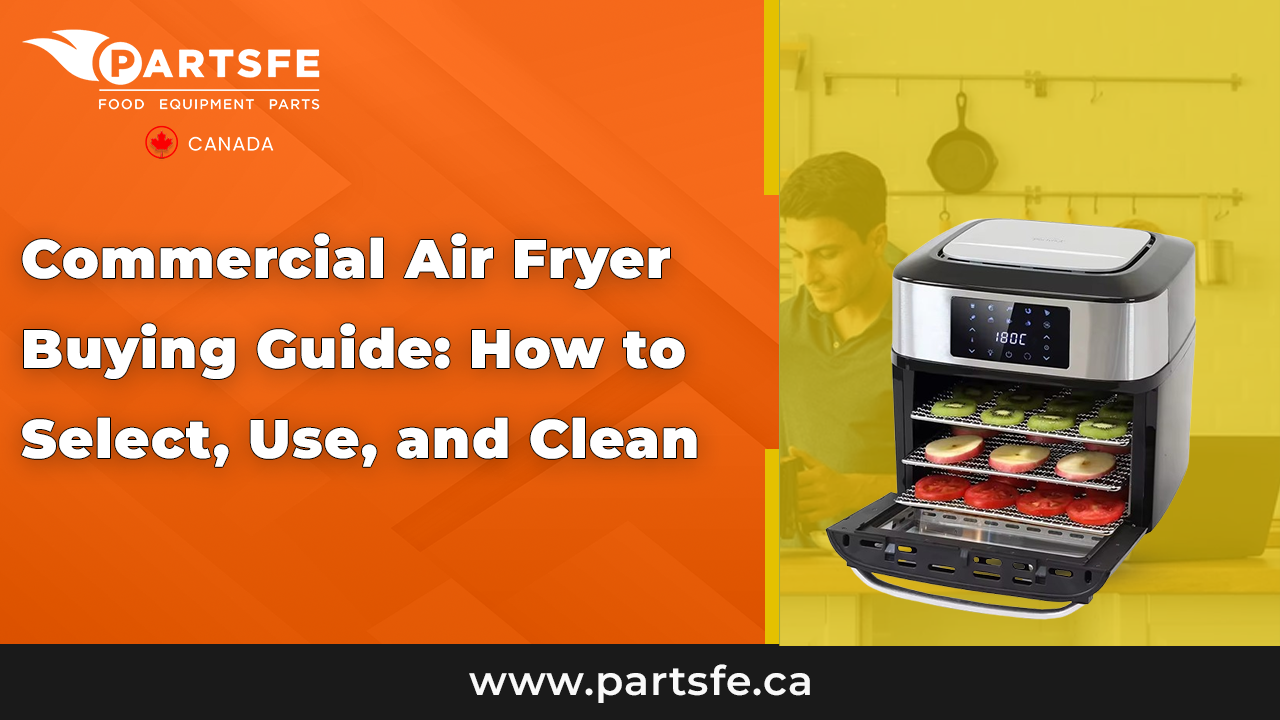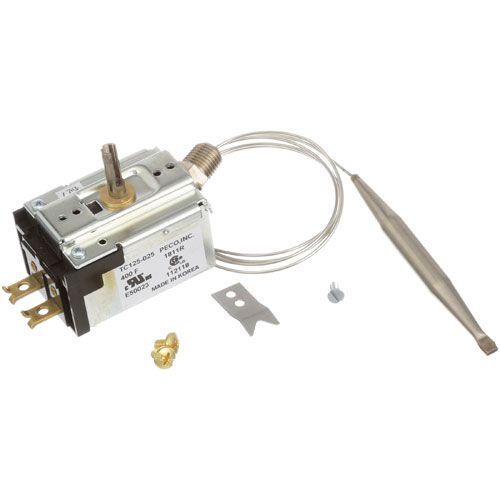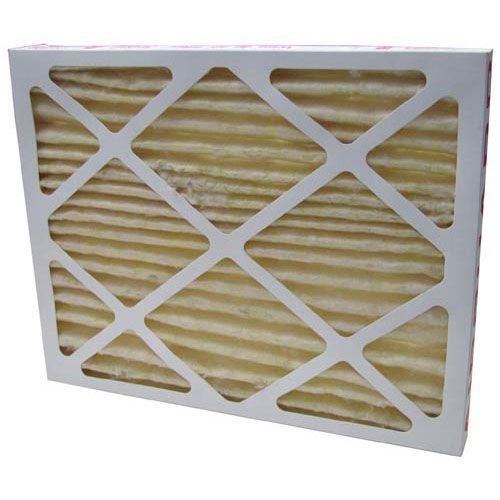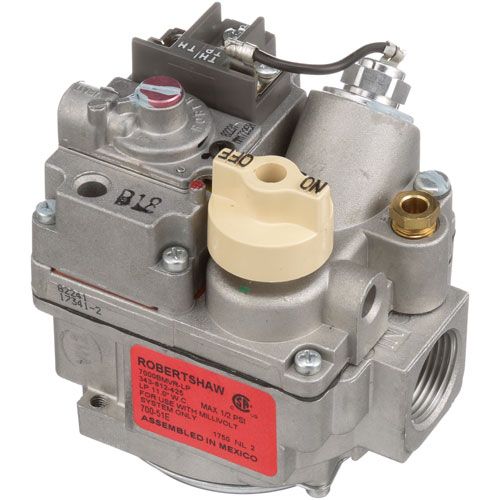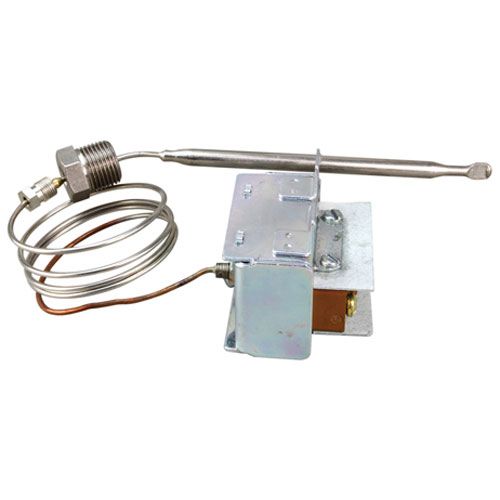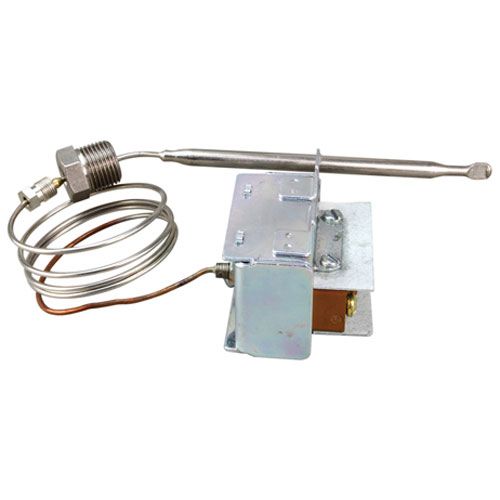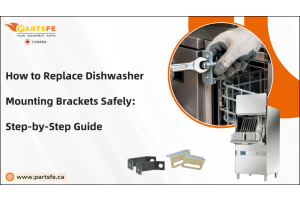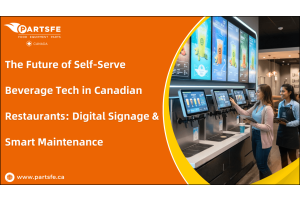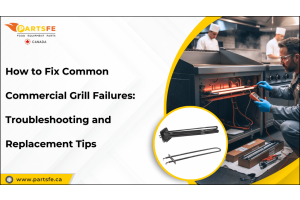Commercial Air Fryer Buying Guide: How to Select, Use, and Clean
Commercial air fryers, tailored for restaurants and food businesses, have surged in popularity, offering swift and healthy cooking solutions. This comprehensive guide delves into the workings of these larger, more robust appliances, aiding in informed decisions for those seeking to upgrade or acquire their first commercial air fryer. Discover the mechanics behind air fryers, explore the diverse types available, and learn the essential steps for selecting the ideal commercial air fryer for your restaurant. Gain insights into optimizing its usage effectively and maintaining its peak performance through proper cleaning of fryer parts and maintenance routines. Whether you're a seasoned restaurateur looking to enhance your kitchen arsenal or embark on your culinary venture, this guide equips you with the knowledge to navigate the realm of commercial air fryers confidently.
What is a commercial air fryer?
A commercial air fryer is a specialized cooking appliance commonly found in restaurant kitchens. It operates by circulating hot air around food to achieve a crispy texture similar to frying but without the need for excessive oil.
Compared to household air fryers, commercial versions are built with larger capacities to accommodate the demands of a professional kitchen. They often come equipped with features such as timers, and cooking racks, catering to various culinary needs and enhancing productivity.
Advantages of employing a commercial air fryer
Commercial air fryers offer numerous benefits that can enhance the efficiency, quality, and healthiness of food preparation in a professional kitchen. From reducing cooking times to providing healthier alternatives to deep frying, these appliances have become essential tools for many foodservice operations. Here are the key advantages of employing a commercial air fryer:
-
Healthier cooking: Reduces the fat and calorie content of dishes, caters to health-conscious customers, and accommodates various dietary preferences.
-
Enhanced efficiency: Commercial air fryers expedite the cooking process compared to traditional deep-frying methods. This efficiency not only decreases waiting times for customers but also streamlines kitchen operations, boosting overall productivity.
-
Diverse menu options: The versatility of commercial air fryers enables restaurants to diversify their menu offerings. From crispy fries and succulent chicken wings to perfectly roasted vegetables and flavorful seafood, establishments can introduce new and enticing dishes to attract customers.
-
Consistent quality: Employing a commercial air fryer ensures uniform cooking and consistent results with every batch. This reliability enhances customer satisfaction by delivering dishes that meet their expectations in terms of texture and flavor consistently.
-
Minimal cleanup: Unlike conventional deep-frying techniques that often result in greasy messes, using a commercial air fryer significantly reduces kitchen cleanup efforts. This not only saves time but also contributes to maintaining a hygienic cooking environment.
-
Cost-efficiency: Commercial air fryers offer a cost-effective solution for restaurants by minimizing the use of oil and reducing energy consumption compared to traditional frying methods.
Factors to consider when selecting an air fryer for restaurants
Before making an investment in a commercial air fryer, there are several important factors to consider. Each of these factors will help you choose the best air fryer for your business needs.
Capacity and Size
One of the most important factors when choosing a commercial air fryer is its capacity. Air fryers for commercial use come in a range of sizes, from smaller countertop models with a capacity of 2 to 5 liters (ideal for small cafes or restaurants) to larger models with up to 40 liters or more. The capacity you choose will depend on how much food you need to prepare at once and the volume of customers you expect to serve.
-
Small Capacity (2-5 liters): Best for low-traffic businesses or those with limited space. It can accommodate small batches of food and is often compact enough to fit on a countertop.
-
Medium Capacity (5-15 liters): Suitable for mid-sized restaurants or food trucks. Offers a balance between size and productivity.
-
Large Capacity (15-40 liters): Ideal for high-volume commercial kitchens. Larger models can handle multiple baskets or trays at once, making them perfect for busy restaurants, fast food outlets, or catering services.
Make sure to assess your kitchen’s space availability as well, as larger units may require more room for ventilation and safety clearance.
Type of Air Fryer: Basket vs. Convection Oven Style
Commercial air fryers come in two main styles: basket-type and convection oven-style.
-
Basket-Type Air Fryers: These air fryers feature a removable basket in which you place food. The food is then cooked by hot air circulating around it. Basket air fryers are typically easier to use and more affordable but may offer less versatility.
-
Convection Oven-Style Air Fryers: These units resemble mini convection ovens and usually feature multiple shelves for cooking a variety of foods at once. They’re larger, more expensive, and more versatile, allowing you to cook a wider variety of items beyond traditional air-fried foods.
The choice between a basket and convection oven-style air fryer will depend on your food preparation needs and the space available in your kitchen.
Power and Efficiency
The power of an air fryer is measured in watts. Higher wattage generally means faster cooking times and more efficient performance, which is crucial in a busy commercial kitchen. Power ranges from about 1,000 to 2,500 watts, with larger units typically requiring more energy.
-
Lower wattage (1,000-1,500 watts): Suitable for smaller businesses or low-volume cooking.
-
Higher wattage (1,500-2,500 watts): Ideal for large kitchens or high-volume cooking. The extra wattage ensures quicker cooking times, which is essential in a fast-paced kitchen environment.
Choosing an air fryer with sufficient power will help reduce cooking times and increase productivity.
Temperature Range
The ideal temperature range for a commercial air fryer should be between 180°F and 400°F (82°C - 204°C). This range allows for cooking a wide variety of foods, from delicate items like fish to heavier, heartier foods like meats and vegetables. Air fryers with a wider temperature range offer more cooking flexibility, making them ideal for diverse menus.
Build Quality and Durability
Given the high demands of a commercial kitchen, the build quality of your air fryer is crucial. Look for units made of durable materials like stainless steel, which not only provides longevity but also ensures the appliance is easy to clean. Check if the fryer has reinforced hinges, heavy-duty baskets, and solid controls to withstand frequent use.
Additionally, ensure that the fryer has safety features like automatic shut-off, overheat protection, and non-slip feet to keep the unit stable during operation.
Controls and Features
Commercial air fryers come with varying control options, from basic manual dials to digital touchscreens. Some advanced models offer programmable settings for specific foods, while others have customizable cooking modes for temperature, time, and cooking methods. Additional features like timers, preset programs, and temperature alerts can make the cooking process more convenient and efficient.
Here are some features to consider:
-
Digital Display: Easy-to-use touchscreen interface for precise temperature and time control.
-
Preset Programs: Built-in programs for common foods like fries, chicken wings, and vegetables.
-
Timer and Auto-Shutoff: Helps prevent overcooking or burning.
-
Adjustable Racks or Baskets: Offers flexibility in cooking multiple types of food at once.
Price and Warranty
Commercial air fryers can range in price from a few hundred dollars to several thousand, depending on size, brand, and features. While it might be tempting to opt for a cheaper model, investing in a higher-quality unit can save you money in the long run by reducing the need for repairs and replacements. A good warranty is also a critical factor in determining value, as it ensures protection against defective parts and other issues.
Look for units with at least a 1-2 year warranty and check for customer reviews to gauge reliability and longevity.
How do you use a professional air fryer?
To use a professional air fryer, begin by preheating it per the manufacturer's instructions to guarantee equal frying. Next, season or marinate the food as desired, and arrange it in a single layer in the air fryer basket. Choose the right time and temperature settings for the item being cooked, referring to the air fryer instructions for guidance. Once the food has been placed in the air fryer, watch its progress through the window or by halting the cooking process to check on it. Be sure to shake the basket or flip the food halfway through cooking to ensure even crispiness.
Tips for cooking with a commercial air fryer
To maximize the potential of your commercial air fryer and achieve the best cooking results, here are some useful tips:
|
Technique |
Description |
|
Optimal basket loading |
Avoid overcrowding the basket to ensure even airflow and consistent cooking. Spread out the food evenly, leaving ample space between each piece. |
|
Preheating precision |
Preheat your air fryer before cooking to kick-start the cooking process and ensure a crispy exterior. A few minutes of preheating is usually sufficient |
|
Oil application |
While air frying reduces the need for oil, a light coating can enhance texture and flavor. Consider using an oil spray bottle for even distribution. |
|
Shake it up |
Periodically shake the basket during cooking to promote uniform browning and prevent sticking. Aim to shake every few minutes for optimal results. |
|
Culinary exploration |
Experiment with a variety of ingredients, including vegetables, proteins, and desserts, to discover new menu options and cater to diverse tastes. |
|
Maintenance matters |
Regularly clean your air fryer according to the manufacturer's instructions to prevent buildup and maintain optimal performance, ensuring consistent results and prolonging the appliance's lifespan. |
|
Temperature and timing |
Master the right temperature and cooking duration by referring to the manufacturer's guidelines and adjusting as needed based on the specific food being prepared. |
Cleaning and maintaining a commercial air fryer
Proper cleaning and maintenance are crucial for the longevity and performance of your commercial air fryer. Regular care will prevent issues like odor buildup, grease accumulation, and damage to internal components.
-
Maintaining and cleaning a commercial air fryer is crucial to ensuring its optimal performance and longevity.
-
Let the air fryer cool down completely before starting the cleaning process.
-
Remove the food basket and any other detachable components from the air fryer.
-
Using a soft sponge or cloth, gently wash the removable parts with warm water and a mild detergent.
-
Rinse the parts thoroughly with clean water and ensure they are completely dry before reassembly.
-
For tough stains or grease residue, consider using a non-abrasive cleaner or degreaser, but ensure it's suitable for the materials used in the air fryer.
-
Carefully clean the heating element using a soft brush or cloth to remove any debris or buildup.
-
Wipe down the exterior of the air fryer with a damp cloth, and then dry it thoroughly to prevent any water damage.
-
Regularly inspect the air fryer for any signs of wear and tear, and replace any worn-out parts promptly to maintain optimal performance.
-
Store the air fryer in a dry and cool environment to prevent any damage from moisture or extreme temperatures.
Common problems encountered with commercial fryers
Despite their many advantages, like any kitchen appliance, commercial air fryers can encounter problems. Below are some common issues and how to troubleshoot or prevent them:
|
Common issue |
Description |
|
Blocked burners |
- Accumulation of grease and debris on the burners obstructs airflow and heat distribution, leading to uneven cooking or inadequate heating.- Regular cleaning and maintenance of the burners are essential to preventing this issue. |
|
Thermostat malfunction |
- Failure of the thermostat can result in overheating or insufficient heating of the fryer.- Monitoring and replacing the thermostats as needed can help prevent this problem. |
|
Pilot problems |
- Malfunctioning or clogged pilot light can prevent the fryer from igniting properly, disrupting its operation.- Regular inspection and cleaning of the pilot light are necessary to ensure uninterrupted performance. |
|
Oil contamination |
- Oil contamination can occur if the oil is not regularly changed and filtered.- Regularly changing filters and filtering the oil can mitigate this issue. |
|
Electrical issues |
- Problems with the electrical system can disrupt the operation of the fryer.- Routine inspection and maintenance of the electrical system can help prevent such issues. |
Air fryers are versatile and efficient cooking appliances that may save both time and money in business kitchens. Proper use and maintenance can also extend the life of the air fryer, making it a worthwhile purchase for years to come. With this comprehensive guide, businesses can confidently integrate air fryers into their cooking processes and realize the benefits of this new technology.
FAQs
How does the cooking process differ between commercial air fryers and traditional deep fryers?
Commercial air fryers use hot air circulation to cook food, creating a crispy exterior, similar to traditional deep fryers that submerge food in hot oil for frying.
What types of foods can be cooked in a commercial air fryer?
Commercial air fryers can cook a variety of foods, including chicken wings, french fries, vegetables, and even pastries, with less oil than deep frying.
Are there any specific safety precautions to take when using commercial air fryers?
When using commercial air fryers, be cautious of hot surfaces, avoid overcrowding food, use oven mitts, and carefully monitor cooking times to prevent overcooking or burning.
Can commercial air fryers accommodate large quantities of food for commercial kitchens and restaurants?
Commercial air fryers are available in sizes that can accommodate large quantities of food, making them suitable for use in commercial kitchens and restaurants to cook in batches efficiently.

